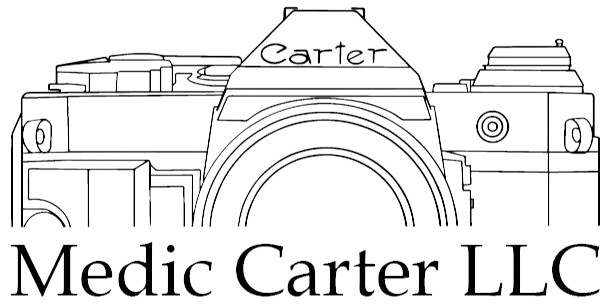What Basketball Star Hank Gathers Taught Us About CPR
On March 4, 1990 Hank Gathers, a 6-foot-7 forward for Loyola Marymount University, collapsed on the court after scoring on the Portland Pilots. Sports news cameras captured Hank's collapse and the subsequent response from coaching staff. Although the video shows Hank regains consciousness momentarily after collapsing, he quickly becomes unresponsive again and exhibits some seizure-like activity. A few seconds later Hank stops moving completely. Cardiologists agree that at this point Hank is most likely in cardiac arrest; a condition where the heart stops beating.
Hank is carried off the court on a stretcher. Cameras do not record anyone performing CPR or checking for a pulse. Twenty-two-year-old Hank Gathers was later pronounced dead at a local hospital.
The extent to which Hank Gathers received resuscitative efforts remains unclear. From the video recording we know that he did not receive CPR for several minutes after his witnessed collapse.
Hank Gathers had a diagnosed heart condition. He had a similar event occur in December of the same year, and was diagnosed with a condition known as “exercise induced ventricular tachycardia.” Although Hank had been prescribed medication and was being followed by a cardiologist, Hank had missed his cardiologist appointments leading up to March 4, 1990 and was likely not taking the medication his cardiologist had prescribed.
Exercise induced ventricular tachycardia is a type of heart dysrhythmia that can lead to cardiac arrest, but ventricular tachycardia is also a dysrhythmia that CPR and an AED can reverse. It is very likely Hank’s heart was in Ventricular Tachycardia when he collapsed and first went into cardiac arrest. While we will never know for certain, Hank probably could have survived if someone had quickly started CPR and used an AED.
American Heart Association guidelines recommend that chest compressions be initiated anytime a patient is not breathing normally, and is not responding. When the heart stops beating, chest compressions circulate blood throughout the body helping to keep the brain and heart supplied with oxygen and other vital nutrients. Without chest compressions, patients in cardiac arrest experience rapid heart and brain tissue death.
Additionally, an Automated External Defibrillator (AED) should be turned on and applied to the patient. AEDs are computer driven defibrillators that can sense certain lethal cardiac arrhythmias. In cardiac arrest, AEDs can provide a shock to the heart to help the heart reorganize its rhythm so a normal heartbeat can be restored.
CPR and AED use are skills that lay rescuers can become trained and certified to perform. I teach lay-rescuer CPR and AED certification courses so that coaches, players, and officials can identify and care for players like Hank who experience cardiac arrest during play.
Fast forward to 2017. South Carolina state university is playing against North Carolina State in Raleigh, North Carolina. South Carolina State guard Tyvoris Solomon suddenly collapses while resting on the bench. Cameras capture coaches and athletic trainers come to Tyvoris’ aid.
Tyvoris is unresponsive and not breathing. Tyvoris Solomon’s heart is not beating; he is in cardiac arrest. Athletic Trainers and coaches immediately start CPR where Tyvoris collapsed, not wasting any time to move him. EMTs and Athletic trainers work together to provide chest compressions and apply their AED. After approximately two minutes of CPR and a shock from the AED, Tyvoris’ heart starts to beat on its own again. He is taken to a local hospital where he later makes a full recovery.
So, what are the differences between Tyvoris Solomon and Hank Gathers? Tyvoris received immediate chest compressions, unlike Hank who had to wait several minutes for care until he was moved to the locker room. The video of Tyvoris’ rescue shows rescuers are providing high quality chest compressions at an appropriate rate and depth, and that an AED is quickly applied.
But most importantly, Tyvoris Solomon’s coaches identified that he was in cardiac arrest quickly, and did not delay providing key interventions like CPR and using an AED.
Coaches, Athletic Trainers, and League Officials need to be trained and ready to respond. CPR and AED certification is important for anyone involved in athletics. Although we usually do not think of young athletes as at risk for cardiac arrest, it is important to realize that cardiac arrest affects all ages, not just the sick and elderly.
I’m sure that Hank Gather’s would have rather left a legacy of mesmerizing plays on the court. His legacy has instead left us with the difficult lesson that even healthy young-men can experience life threatening emergencies. Coaches and officials must be ready to respond to cardiac arrest.
Need training? Contact me to learn about how we can partner together to help prepare your organization to respond to medical emergencies.
